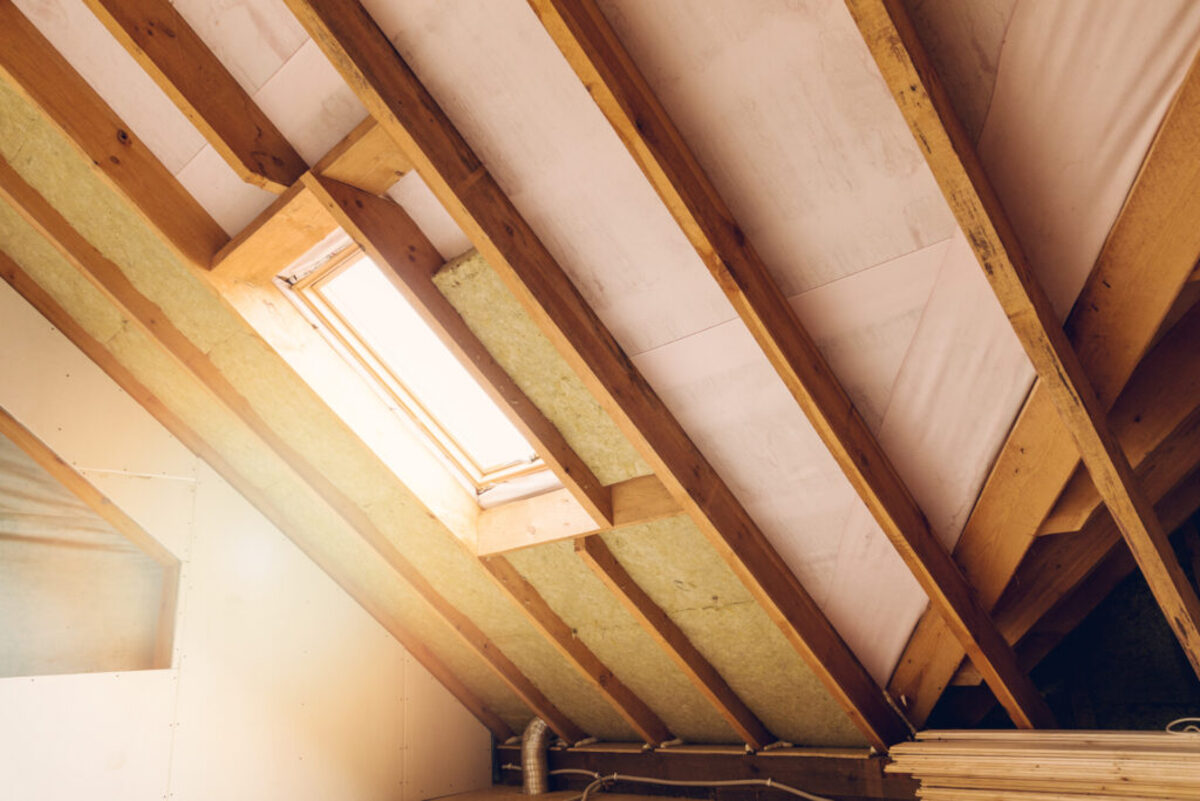

Articles
Why Does Attic Need Ventilation
Modified: March 2, 2024
Learn why attic ventilation is crucial for your home. Read our informative articles on the importance of attic ventilation and how it benefits your home's energy efficiency and structural integrity.
(Many of the links in this article redirect to a specific reviewed product. Your purchase of these products through affiliate links helps to generate commission for Storables.com, at no extra cost. Learn more)
Introduction
When it comes to maintaining a healthy and energy-efficient home, one often overlooked area is the attic. While it may seem like a forgotten space, proper attic ventilation is essential for the overall well-being of your home. In this article, we will delve into the importance of attic ventilation, its benefits, and common misconceptions surrounding it.
So, what exactly is attic ventilation? It refers to the system of allowing air to circulate in and out of your attic space. This is achieved through the use of various vents and fans strategically placed to regulate the temperature and moisture levels within the attic.
Attic ventilation plays a crucial role in maintaining a healthy home environment. First and foremost, it helps to prevent the build-up of moisture in the attic. Moisture can accumulate from sources such as humidity, rain, and even household activities like cooking and showering. Without proper ventilation, this moisture can result in mold and mildew growth, leading to structural damage and potential health risks.
In addition to moisture control, attic ventilation also helps regulate the temperature within the attic. During the hot summer months, the attic can trap heat, which can seep into the living spaces below, making your home uncomfortable and increasing the workload on the cooling system. With proper ventilation, the hot air is allowed to escape, keeping the attic cooler and reducing the strain on your HVAC system.
Not only does attic ventilation promote a healthier living environment, but it also helps to extend the lifespan of your roofing system. In hot climates, the excessive heat in the attic can cause shingles to warp and deteriorate prematurely. By allowing adequate airflow, ventilation helps to dissipate this heat, protecting your roof and preserving its integrity over time.
So, what are the benefits of having proper attic ventilation? Firstly, it helps to improve energy efficiency. By reducing the temperature in the attic, your home’s cooling system doesn’t have to work as hard, resulting in lower energy bills. Additionally, proper ventilation helps to prevent ice damming in colder climates. Ice dams can form when warmer air from the attic melts snow on the roof, only for it to refreeze at the eaves, causing damage to the roof and gutters. Adequate ventilation minimizes the temperature difference between the attic and the outdoor environment, reducing the chance of ice dam formation.
Key Takeaways:
- Proper attic ventilation is crucial for maintaining a healthy, energy-efficient home. It regulates temperature, controls moisture, and protects the roof, ultimately reducing energy costs and improving indoor air quality.
- Professional installation of attic ventilation ensures optimal performance, compliance with building codes, and safety. It provides peace of mind, warranties, and guarantees, saving time and minimizing potential hazards or mistakes.
Read more: What Does An Attic Fan Do
What is Attic Ventilation?
Attic ventilation refers to the system of allowing air to move in and out of your attic space. It is designed to regulate the temperature and moisture levels in the attic, promoting a healthy environment and preventing potential damage to your home.
Attics are typically unconditioned spaces, meaning they are not heated or cooled like the rest of the house. However, they play a critical role in maintaining the overall comfort and energy efficiency of your home.
Ventilation in the attic is achieved through the use of vents and fans strategically placed to allow air to circulate. There are two main types of ventilation systems: intake vents and exhaust vents. Intake vents are positioned near the lower portion of the roof, allowing fresh air to enter the attic. Exhaust vents, on the other hand, are placed near the top of the roof to facilitate the escape of warm air.
The primary purpose of attic ventilation is to control moisture and regulate temperature. Moisture can enter the attic from various sources, such as condensation, leaks, or even everyday activities like cooking or bathing. Without proper ventilation, this moisture can accumulate and lead to the growth of mold and mildew, which can cause structural damage and pose health risks.
In terms of temperature regulation, attics can become extremely hot during the summer months. This heat can radiate into the living spaces below, making your home uncomfortable and causing your cooling system to work harder. Adequate ventilation helps to dissipate this heat, preventing it from affecting the rest of the house and reducing the strain on your HVAC system.
Furthermore, attic ventilation plays a vital role in extending the lifespan of your roofing materials. Excessive heat in the attic can cause shingles to deteriorate prematurely, leading to costly repairs or even a full roof replacement. By allowing hot air to escape and cool air to enter, ventilation helps to reduce the temperature in the attic, protecting your roof and preserving its integrity.
Overall, attic ventilation is critical for maintaining a healthy and energy-efficient home. It helps to prevent moisture buildup, regulate temperature, improve indoor air quality, and prolong the lifespan of your roofing system. If you are unsure about the ventilation in your attic, it is always recommended to consult with a professional who can assess your specific needs and recommend the appropriate ventilation strategy for your home.
Importance of Attic Ventilation
Attic ventilation is often overlooked, but it plays a crucial role in maintaining the overall health and integrity of your home. Proper attic ventilation is essential for several reasons:
1. Moisture Control: One of the primary purposes of attic ventilation is to control moisture levels. Moisture can enter the attic space through various sources, such as humidity, leaks, or condensation. Without proper ventilation, this moisture can accumulate and lead to the growth of mold, mildew, and rot. These issues can not only cause structural damage to your home but can also have adverse health effects on its occupants. Attic ventilation allows for the influx of fresh air and the escape of moist air, effectively reducing the risk of moisture-related problems.
2. Temperature Regulation: Attics can become extremely hot during the summer months, especially in sunny climates. Without proper ventilation, the heat can radiate into the living spaces below, making your home uncomfortable and causing your cooling system to work harder. Adequate ventilation allows hot air to escape from the attic, maintaining lower temperatures and reducing the energy required for cooling your home. This not only improves comfort but also helps save on energy costs.
3. Energy Efficiency: When your attic is well-ventilated, it creates an effective barrier between the hot outdoor air and the conditioned air inside your home. This barrier helps to reduce the transfer of heat, resulting in a more energy-efficient home. With proper attic ventilation, your cooling and heating systems can operate more efficiently, leading to energy savings and lower utility bills.
4. Roof Protection: Attic ventilation also plays a critical role in protecting your roof. When the attic becomes excessively hot, it can accelerate the deterioration of roofing materials, causing shingles to warp, crack, or even peel off. Proper ventilation helps to dissipate heat, extending the lifespan of your roof and preventing costly repairs or replacements. It also helps prevent the formation of ice dams in colder climates, which can wreak havoc on your roof and gutters.
5. Indoor Air Quality: Attic ventilation plays a role in improving indoor air quality. Without proper ventilation, the stagnant air in the attic can contain harmful pollutants, allergens, and other airborne contaminants. When this air seeps into your living spaces, it can negatively impact the health of your family members. By promoting the circulation of fresh air, attic ventilation helps maintain a cleaner and healthier indoor environment.
6. Longevity of Insulation: Adequate attic ventilation can also help extend the lifespan of your insulation. High temperatures in the attic can cause insulation to deteriorate and lose its effectiveness over time. With proper ventilation, excess heat is expelled, reducing the strain on the insulation and ensuring its performance is not compromised.
Overall, the importance of attic ventilation cannot be overstated. It helps control moisture, regulate temperature, improve energy efficiency, protect your roof, enhance indoor air quality, and preserve the lifespan of your insulation. If your attic is not properly ventilated, it is advisable to consult with a professional to assess your needs and determine the best ventilation solution for your home.
Benefits of Attic Ventilation
Proper attic ventilation provides numerous benefits for your home, ranging from improved energy efficiency to increased comfort levels. Let’s explore the key advantages of having adequate attic ventilation:
1. Energy Efficiency: Attic ventilation plays a significant role in improving energy efficiency. By allowing hot air to escape during the summer months and preventing heat loss in the winter, proper ventilation reduces the workload on your heating and cooling systems. This translates into lower energy consumption and reduced utility bills.
2. Moisture Control: Attic ventilation helps prevent the build-up of excess moisture in your attic. Moisture can enter the attic from various sources, such as condensation, leaks, or high humidity levels. If left unchecked, this moisture can lead to mold and mildew growth, which can not only damage your home’s structure but also negatively impact indoor air quality. Proper ventilation facilitates the flow of fresh air, preventing moisture accumulation and ensuring a healthier living environment.
3. Extended Roof Lifespan: Adequate attic ventilation plays a vital role in preserving the lifespan of your roof. Excessive heat in the attic can cause shingles to degrade and deteriorate faster, leading to premature roof failure. By promoting air circulation and reducing heat build-up, ventilation helps your roof materials last longer, saving you from costly repairs or a complete roof replacement.
4. Enhanced Indoor Air Quality: Attic ventilation not only improves the air quality within your attic but also has a positive impact on the air quality throughout your home. Without proper ventilation, stagnant air in the attic can accumulate pollutants, allergens, and other debris that can find their way into your living spaces. By promoting the exchange of fresh air, ventilation helps remove these contaminants, creating a healthier living environment for you and your family.
5. Reduced Humidity: In addition to moisture control, attic ventilation assists in reducing excessive humidity levels. High humidity can lead to a range of issues, including condensation on windows, peeling wallpaper, and even damage to furniture and other belongings. With adequate ventilation, excess humidity can be vented out of the attic, helping to maintain optimal humidity levels throughout your home.
6. Ice Dam Prevention: Attic ventilation is crucial for preventing ice dams in colder climates. Ice dams form when warm air from the attic melts snow on the roof, which then refreezes at the eaves. This can cause damage to the roof, gutters, and even the interior of your home. Proper ventilation helps to maintain consistent temperatures in the attic, minimizing the risk of ice dam formation and protecting your roof.
7. Increased Comfort: By regulating attic temperature, ventilation helps create a more comfortable living environment. It prevents the attic from becoming excessively hot, reducing heat transfer to the rest of the house during the summer months. This helps keep your home cooler and reduces the workload on your cooling system, resulting in increased overall comfort.
These are just some of the benefits of attic ventilation. By ensuring proper airflow and temperature regulation in your attic, you can enjoy improved energy efficiency, enhanced indoor air quality, a longer-lasting roof, and increased comfort throughout your home.
Common Misconceptions About Attic Ventilation
When it comes to attic ventilation, there are several misconceptions that homeowners often encounter. These misconceptions can lead to confusion and potentially prevent homeowners from reaping the benefits of proper attic ventilation. Let’s debunk some of the most common myths:
1. Myth: “More vents are always better”: One of the most prevalent misconceptions is that adding more vents to your attic will automatically improve ventilation. While it’s true that proper airflow is essential, an excessive number of vents can actually disrupt the intended airflow pattern. It’s important to consult with a professional who can assess your specific attic needs and recommend the appropriate number and placement of vents.
2. Myth: “Ventilation will make my home colder in the winter”: Some homeowners believe that attic ventilation will allow cold air to enter their home during the winter months, making it colder and increasing heating costs. In reality, proper attic ventilation is designed to remove excess moisture and prevent heat build-up, not to introduce cold air into your living spaces. By regulating temperature and controlling moisture, ventilation helps maintain a comfortable and energy-efficient home year-round.
3. Myth: “Attic fans alone provide sufficient ventilation”: Attic fans can be beneficial for ventilation, but they are not a standalone solution. Attic fans are primarily used to boost airflow and help remove hot air from the attic. However, they need to work in conjunction with other ventilation components, such as intake vents, to ensure proper air circulation. Combining attic fans with intake and exhaust vents creates a comprehensive ventilation system that effectively addresses temperature and moisture control.
4. Myth: “I don’t need attic ventilation because my attic is insulated”: While insulation is crucial for energy efficiency, it should not be considered a substitute for ventilation. Insulation helps to create a barrier to minimize heat transfer, but it does not solve the issue of moisture control. Without proper ventilation, moisture can accumulate in the attic, leading to mold and mildew growth, which can compromise the integrity of the insulation and pose health risks.
5. Myth: “Only homes in hot climates need attic ventilation”: Attic ventilation is often associated with hot climates, but it is important for homes in all regions. In colder climates, ventilation helps to regulate temperature and prevent the formation of ice dams, which can cause significant damage to the roof and gutters. Proper ventilation ensures that your attic remains balanced in terms of temperature and moisture, regardless of the climate you reside in.
6. Myth: “Attic ventilation is a luxury, not a necessity”: Some homeowners may view attic ventilation as an optional feature rather than a necessity. However, proper ventilation is essential for maintaining a healthy and energy-efficient home. It helps control moisture, regulate temperature, prevent mold growth, protect your roof, and promote better indoor air quality. Investing in attic ventilation is a proactive measure that can save you from potential headaches and costly repairs down the line.
By debunking these common misconceptions, we can understand the true importance of attic ventilation. It is crucial to consult with professionals who can provide expert advice and recommend the most appropriate ventilation system for your specific home and climate conditions.
Read more: How Does Attic Ventilation Work
Signs of Poor Attic Ventilation
Having poor attic ventilation can lead to a range of issues that affect the overall health and comfort of your home. Recognizing the signs of inadequate ventilation is crucial for addressing these problems promptly. Here are some common signs that indicate poor attic ventilation:
1. Excessive Heat: If your attic feels excessively hot, especially during the summer months, it could be a sign of poor ventilation. Without proper airflow, hot air becomes trapped in the attic, raising the temperature and making it difficult for your cooling system to maintain comfortable indoor temperatures.
2. Mold and Mildew Growth: Excessive moisture in the attic can lead to the growth of mold and mildew. Poor ventilation allows moisture to accumulate, providing an ideal environment for mold to thrive. If you notice patches of mold or a musty odor in your attic, it’s a clear indication that ventilation is inadequate and should be addressed immediately.
3. Ice Dams: In colder climates, ice dams can form along the edges of roofs. These occur when warm air from the attic melts snow on the roof, which then refreezes at the eaves. Ice dams can cause significant damage to the roof, gutters, and even the interior of your home. Insufficient ventilation allows heat to accumulate in the attic, contributing to the formation of ice dams.
4. High Energy Bills: Poor attic ventilation can lead to increased energy consumption and higher utility bills. Inadequate ventilation causes excess heat to build up in the attic, transferring into the living spaces below. Consequently, your cooling system must work harder and longer to maintain comfortable temperatures, resulting in increased energy usage and higher costs.
5. Roof Damage: Insufficient attic ventilation can have a detrimental effect on your roof’s condition. The excessive heat trapped in the attic can cause shingles to deteriorate prematurely. Warping, buckling, or cracking of roofing materials may be indicative of poor ventilation. Timely intervention is crucial to prevent further damage and prolong the lifespan of your roof.
6. Musty Odors: If you notice musty odors in your home, especially in the upper floors, it could be a sign of poor attic ventilation. Stagnant air and moisture in the attic can create an environment that promotes the growth of mold, mildew, and other airborne pollutants. These odors may be noticeable even in the living spaces of your home, indicating the need for improved ventilation.
7. Insulation Issues: Poor attic ventilation can compromise the effectiveness of insulation. Excessive heat in the attic can cause insulation to deteriorate and lose its R-value, resulting in reduced energy efficiency. If you notice that your home is no longer retaining heat or cool air as well as it once did, it may be a result of poor attic ventilation impacting your insulation.
If you observe any of these signs, it is essential to address the issue of poor attic ventilation promptly. Consulting with a professional can help identify the underlying cause and design an appropriate solution to improve airflow and maintain a healthier, more energy-efficient home.
Proper attic ventilation helps to reduce heat and moisture buildup, which can lead to mold, mildew, and damage to the roof and insulation. It also helps to extend the life of the roof and improve energy efficiency in the home.
How Does Attic Ventilation Work?
Attic ventilation is a system that allows for the exchange of air between your attic space and the outside environment. It regulates temperature and moisture levels within the attic, ensuring a healthy and efficient home. Here’s a breakdown of how attic ventilation works:
1. Intake Vents: Intake vents are installed near the lower portion of the roof or soffits, allowing fresh air to enter the attic. These vents are designed to take advantage of natural forces, such as wind pressure and temperature differentials, to create airflow. Intake vents are typically equipped with mesh screens to prevent the entry of pests and debris.
2. Exhaust Vents: Exhaust vents are positioned near the top of the roof to facilitate the escape of warm air from the attic. They work in conjunction with intake vents to establish a continuous flow of air. Common types of exhaust vents include ridge vents, gable vents, and roof-mounted vents. These vents are strategically located to maximize the expulsion of hot air and moisture from the attic.
3. Air Circulation: As fresh air enters the attic through the intake vents, it displaces the warmer air present in the attic. This creates a pressure differential that causes the warm air to rise and exit through the exhaust vents. The constant circulation of air promotes temperature regulation and prevents heat from affecting the living spaces below.
4. Natural Ventilation: Attic ventilation relies on natural forces such as wind and temperature differences to facilitate airflow. Wind pressure can create a positive or negative pressure on the roof, depending on the direction and speed of the wind. This pressure difference helps draw air into the intake vents and expel it through the exhaust vents. Temperature differences, with warm air rising and cold air sinking, also contribute to the natural flow of air.
5. Additional Ventilation Components: In some cases, additional components may be used to enhance attic ventilation. For example, attic fans or powered vents can be installed to boost airflow and assist in heat removal. These fans can be controlled either manually or through the use of thermostats and humidistats, activating when certain temperature or humidity thresholds are reached.
Attic ventilation works by creating a balanced exchange of air, preventing the accumulation of heat and moisture in the attic space. It plays a crucial role in maintaining a healthy home environment by controlling temperature, reducing the risk of mold and mildew growth, and protecting the integrity of your roofing materials. To ensure effective ventilation, it’s important to consider factors such as the size of the attic, climate conditions, and the layout of your home when designing or upgrading your attic ventilation system.
Different Types of Attic Ventilation Systems
There are several types of attic ventilation systems available, each designed to meet specific ventilation needs. Let’s explore some of the common types:
1. Ridge Vents: Ridge vents are installed along the peak of the roof, providing a continuous, low-profile opening for air to flow in and out of the attic. They are highly effective in allowing hot air to escape while preventing the entry of rain, pests, and debris. Ridge vents work in combination with soffit or eave vents to create a natural flow of air through the attic space.
2. Soffit Vents: Soffit vents are installed along the underside of the eaves or roof overhangs. They allow fresh air to enter the attic from the lower portion of the roof. Soffit vents are typically equipped with perforated covers or grilles that protect against the entry of pests and debris while permitting the free flow of air.
3. Gable Vents: Gable vents are installed on the gable ends of the attic, typically on the exterior walls just below the roofline. They provide an opening for air to enter and exit the attic. Gable vents are angled to take advantage of wind pressure and can be combined with other types of vents to enhance attic ventilation. They are often used in conjunction with soffit vents or ridge vents to create balanced airflow.
4. Roof-Mounted Vents: Roof-mounted vents, also known as static vents or roof vents, are installed directly on the roof surface. They are designed to allow hot air to escape from the attic. Common types include box vents, turbine vents, and power vents. Box vents are static vents with a low-profile design that maximizes the flow of air. Turbine vents have moving parts that spin with the wind, creating a suction effect and drawing hot air out. Power vents are motorized vents that can be controlled manually or automatically to remove hot air from the attic.
5. Solar-Powered Vents: Solar-powered vents combine the benefits of roof-mounted vents with the energy efficiency of solar power. These vents have a built-in solar panel that powers a fan to remove hot air from the attic. They are an eco-friendly option and can be controlled by thermostats or humidity sensors for optimal airflow regulation.
6. Whole House Fans: Whole house fans are installed in the ceiling of the top floor and are used to draw in cool outdoor air and exhaust hot air from the attic, creating a refreshing breeze throughout the home. They are typically used in combination with other attic ventilation systems to enhance overall airflow and cooling efficiency.
It’s important to select the appropriate type of attic ventilation system based on factors such as the size and layout of your attic, climate conditions, and the specific ventilation needs of your home. Consulting with a professional can help determine the best ventilation system for your specific requirements and ensure optimal airflow and temperature regulation within your attic.
Factors to Consider When Installing Attic Ventilation
When installing attic ventilation, several factors should be taken into consideration to ensure its effectiveness and efficiency. Consider these factors to make informed decisions for your attic ventilation installation:
1. Attic Size: The size of your attic plays a crucial role in determining the type and number of vents required. Larger attics may need more vents to facilitate adequate airflow, while smaller attics may need fewer vents. Consult with a professional who can assess your attic size and recommend the appropriate ventilation system.
2. Climate Conditions: Different climate conditions require different ventilation strategies. Hot climates may require more emphasis on exhaust vents to expel hot air, while cold climates may require a balance between intake and exhaust vents to prevent moisture buildup and ice dam formation. Consider your local climate and its impact on attic temperature and moisture levels when determining the ventilation system.
3. Roof Design: The design and slope of your roof can impact the installation of attic ventilation. Some vents, such as ridge vents, require a specific roof slope and configuration to work effectively. Consider the shape, pitch, and material of your roof when selecting the appropriate vents for installation.
4. Intake and Exhaust Placement: Proper placement of intake and exhaust vents is crucial. Intake vents are typically installed at the eaves or soffits to allow fresh air to enter the attic. Exhaust vents, such as ridge vents or roof-mounted vents, are positioned at the highest point of the roof to expel hot air. Ensure that the placement of vents allows for balanced airflow and prevents any blockages or obstructions.
5. Ventilation Capacity: The ventilation capacity of your chosen system should align with the needs of your attic. Consider the square footage of your attic and the recommended ventilation rates to determine the appropriate capacity. This ensures optimal airflow and prevents the buildup of heat and moisture.
6. Building Codes and Regulations: Familiarize yourself with local building codes and regulations regarding attic ventilation. Some areas may have specific requirements for the type and number of vents needed based on climate conditions and the size of your home. Ensure that your chosen ventilation system complies with these regulations to maintain the safety and integrity of your home.
7. Professional Installation: While some homeowners may choose to install attic ventilation themselves, it is strongly recommended to seek professional installation. Professionals have the expertise to assess your specific attic needs, select the appropriate ventilation system, and ensure proper installation that maximizes ventilation efficiency and avoids any potential issues.
By considering these factors and working with a professional, you can ensure that your attic ventilation system is properly designed and installed to provide optimal airflow, temperature regulation, and moisture control within your attic. This not only helps maintain a healthier and more efficient home but also protects your roof and extends its lifespan.
Read more: Why Does My Attic Creak
DIY vs Professional Installation for Attic Ventilation
When it comes to installing attic ventilation, homeowners often face the decision of whether to tackle the project themselves or hire a professional. While DIY installation may seem cost-effective, there are several factors to consider before deciding which approach is best for you.
1. Expertise and Experience: Professional installation offers the advantage of expertise and experience. Attic ventilation installation requires knowledge of building codes, proper vent placement, and ventilation system sizing. Professionals are trained to assess your specific attic requirements and provide tailored solutions that meet industry standards. They can quickly identify potential issues and ensure proper installation, saving you time and avoiding costly mistakes.
2. Efficiency and Performance: Proper installation is critical for attic ventilation to function efficiently and effectively. Improperly installed ventilation systems may not provide adequate airflow, leading to poor temperature regulation and moisture control. Professionals have the knowledge and tools to ensure the optimal performance of your ventilation system, maximizing energy efficiency and promoting a healthier living environment.
3. Safety Considerations: Attic spaces can be hazardous, with potential dangers such as electrical wiring, insulation, and unstable flooring. Professional installers are trained to navigate these hazards and take necessary safety precautions. They have the necessary equipment and knowledge to work safely in confined spaces, reducing the risk of accidents or injuries during the installation process.
4. Building Code Compliance: Building codes and regulations vary by location and may have specific requirements for attic ventilation. Professional installers are familiar with these codes and ensure that your ventilation system meets all necessary regulations. This helps to ensure the safety, efficiency, and compliance of your installation, avoiding any potential legal or insurance-related issues that may arise from non-compliance.
5. Warranty and Guarantees: Hiring a professional for attic ventilation installation often comes with warranties and guarantees. This provides you with peace of mind knowing that if any issues arise with the installation or performance of your system, the professional installer will rectify the situation at no additional cost. DIY installations usually lack such warranties, and any mistakes or problems become the responsibility of the homeowner to address and resolve.
6. Time and Convenience: Installing attic ventilation can be a time-consuming and labor-intensive project. DIY installation requires research, planning, purchasing materials, and scheduling time to complete the installation itself. On the other hand, hiring professionals allows you to focus on other tasks while they handle the installation efficiently and in a timely manner.
While DIY installation may seem tempting to save money, attic ventilation is a crucial component of a healthy and efficient home. Investing in professional installation ensures proper installation, maximum performance, and compliance with building codes. It provides peace of mind, saves time, and minimizes the risk of potential hazards or mistakes. Ultimately, consulting with professionals and getting quotes can help you make an informed decision based on your specific needs, budget, and comfort level with DIY projects.
Conclusion
Attic ventilation is an essential aspect of maintaining a healthy, energy-efficient home. It plays a crucial role in regulating temperature, controlling moisture, and promoting overall attic health. By allowing for proper airflow, attic ventilation helps prevent issues such as mold growth, roof damage, high energy bills, and discomfort in living spaces.
Through this article, we have explored the importance of attic ventilation, the benefits it provides, and debunked common misconceptions surrounding it. We have also discussed the signs of poor attic ventilation and how ventilation systems work to maintain a well-ventilated attic space.
When considering attic ventilation, factors such as attic size, climate conditions, roof design, and local building codes should be taken into account. It is important to determine the appropriate type and number of vents needed to ensure balanced airflow and maximize ventilation efficiency.
While some homeowners may be inclined to attempt a DIY installation, it is recommended to seek professional installation to ensure proper ventilation system design and installation. Professionals have the expertise, experience, and safety measures needed to navigate attic spaces and comply with building codes. They provide peace of mind, efficient installation, and warranties or guarantees for their work.
In conclusion, investing in adequate attic ventilation is a wise decision for homeowners looking to maintain a healthy and energy-efficient home. Proper attic ventilation helps regulate temperature, control moisture, improve indoor air quality, protect the roof, and reduce energy costs. Whether through professional installation or a well-informed DIY approach, ensuring that your attic ventilation system is properly designed and implemented will go a long way in creating a comfortable and long-lasting home environment.
Frequently Asked Questions about Why Does Attic Need Ventilation
Was this page helpful?
At Storables.com, we guarantee accurate and reliable information. Our content, validated by Expert Board Contributors, is crafted following stringent Editorial Policies. We're committed to providing you with well-researched, expert-backed insights for all your informational needs.
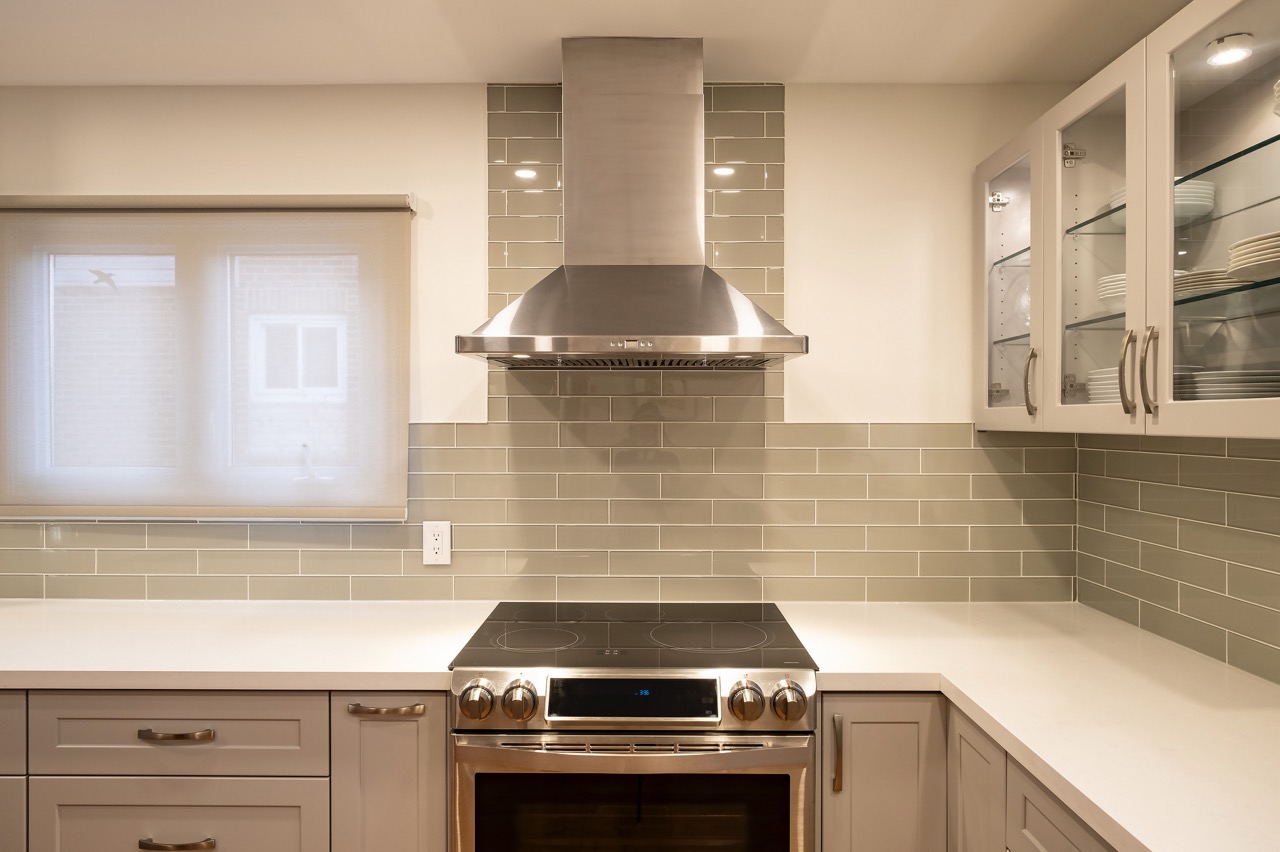
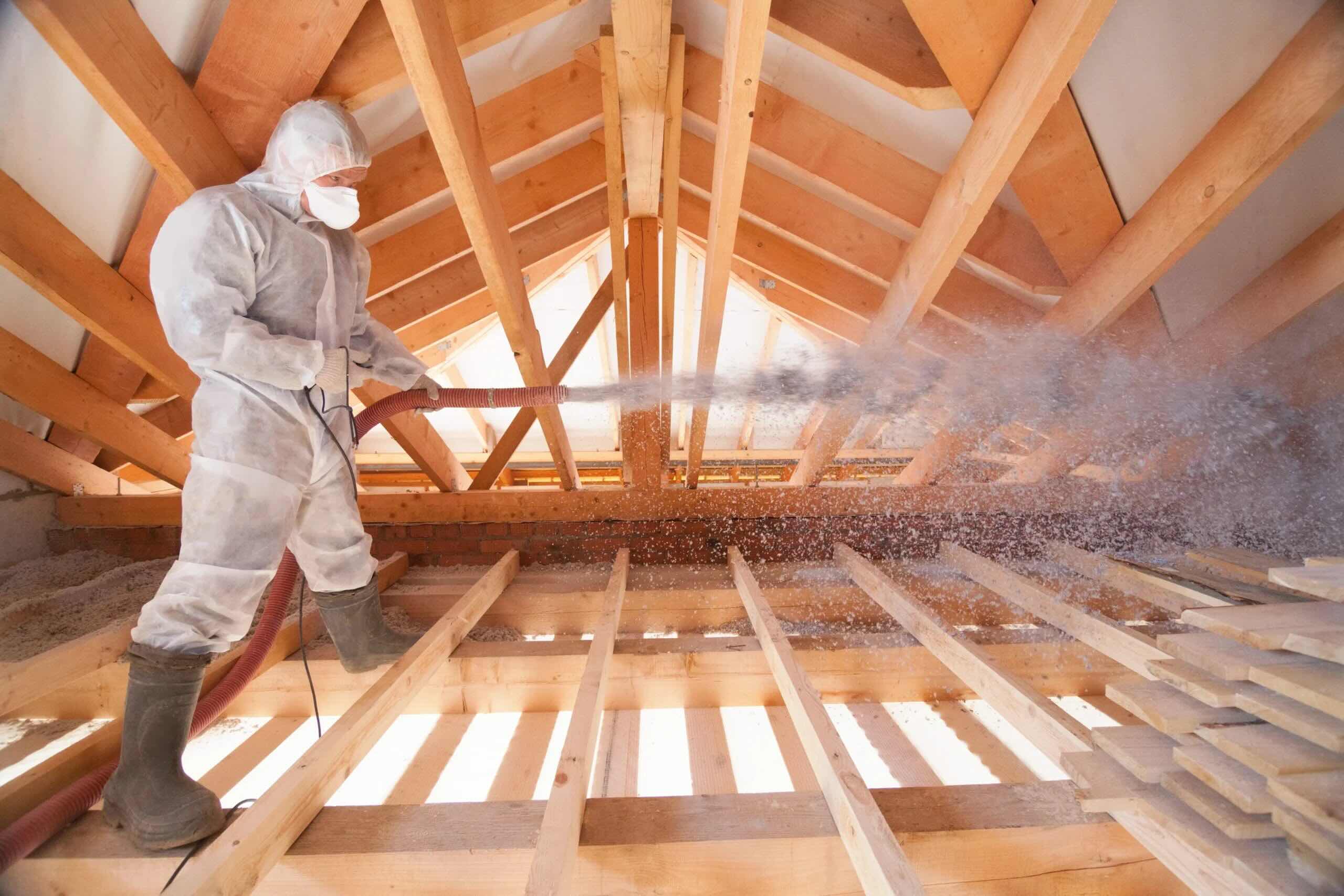
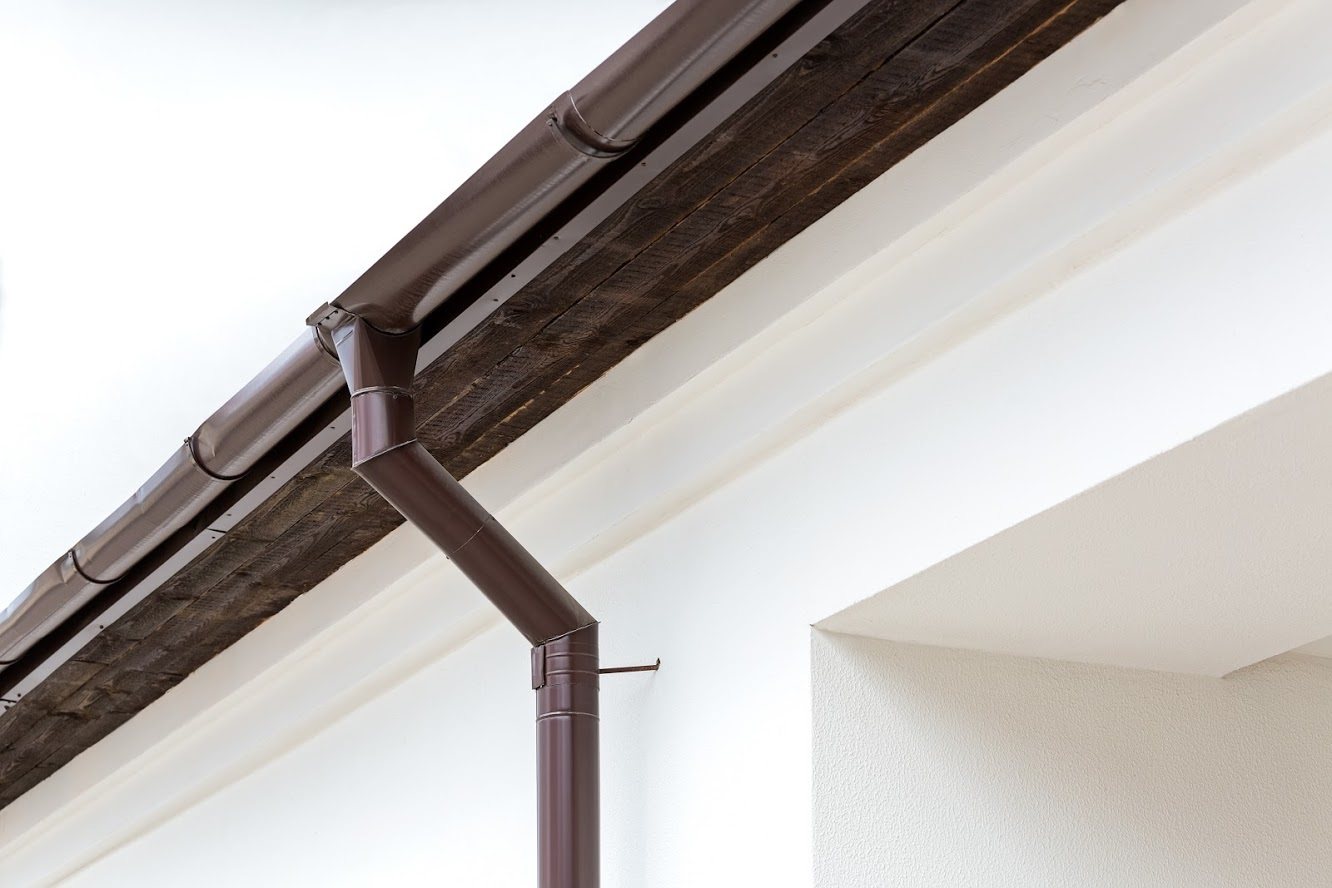
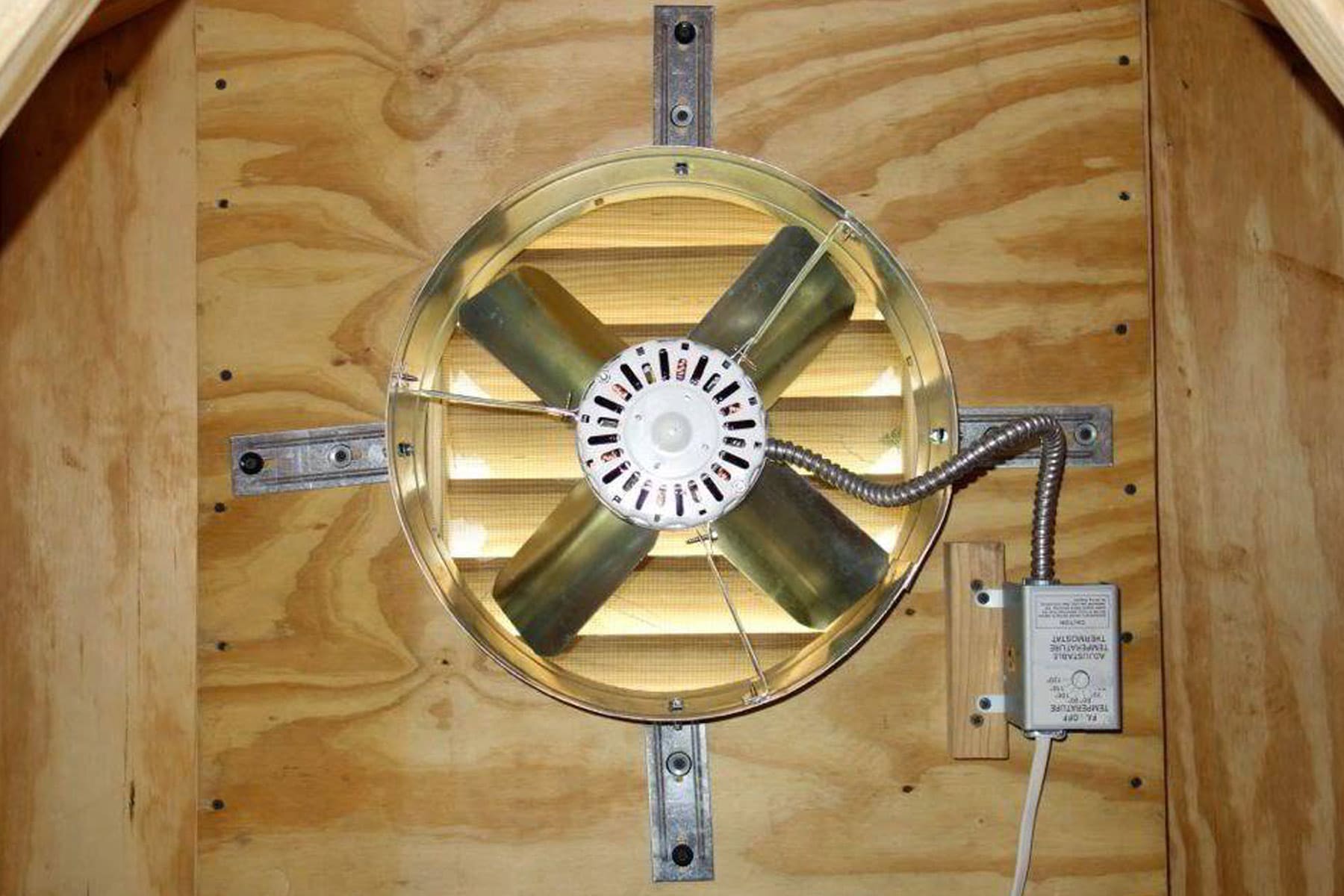
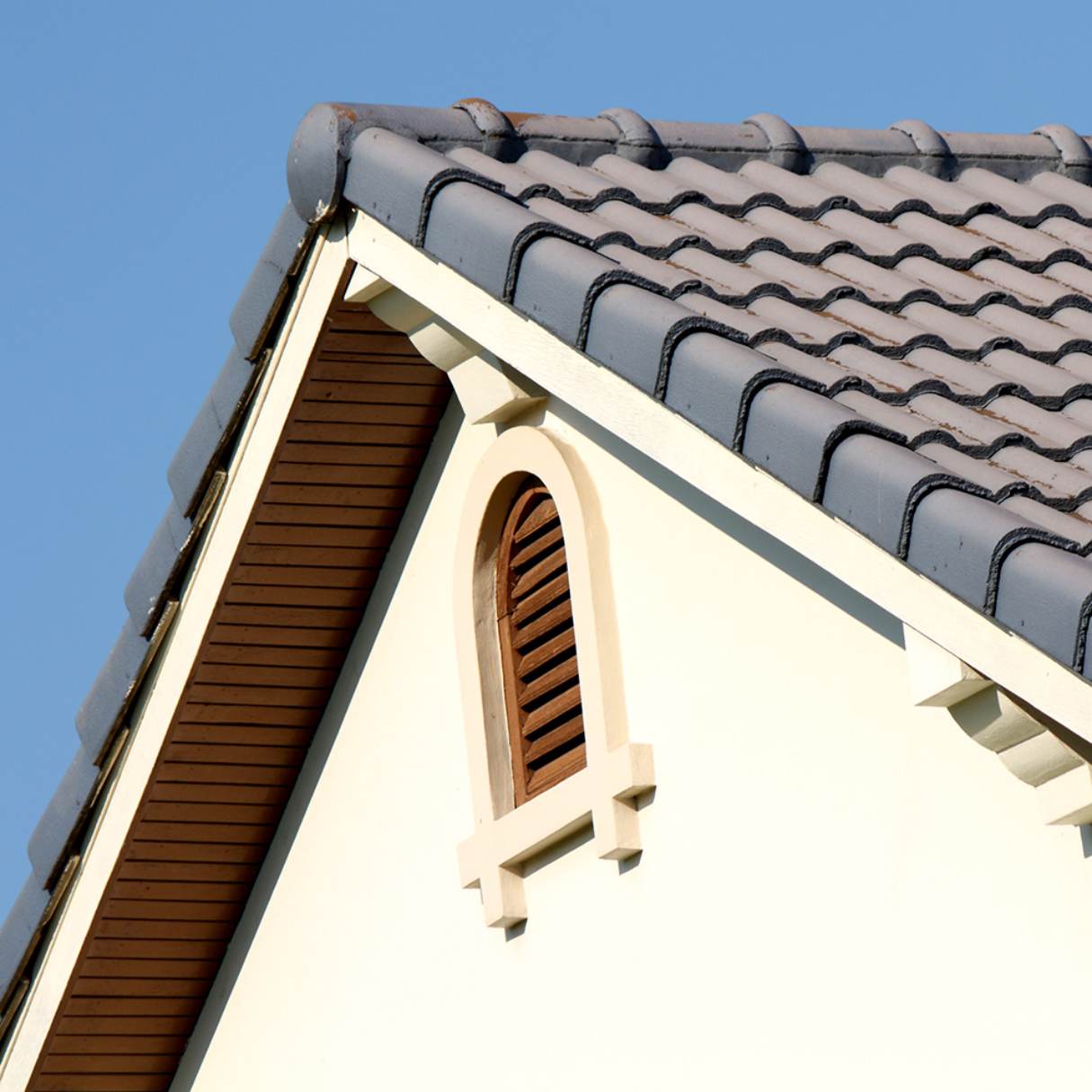
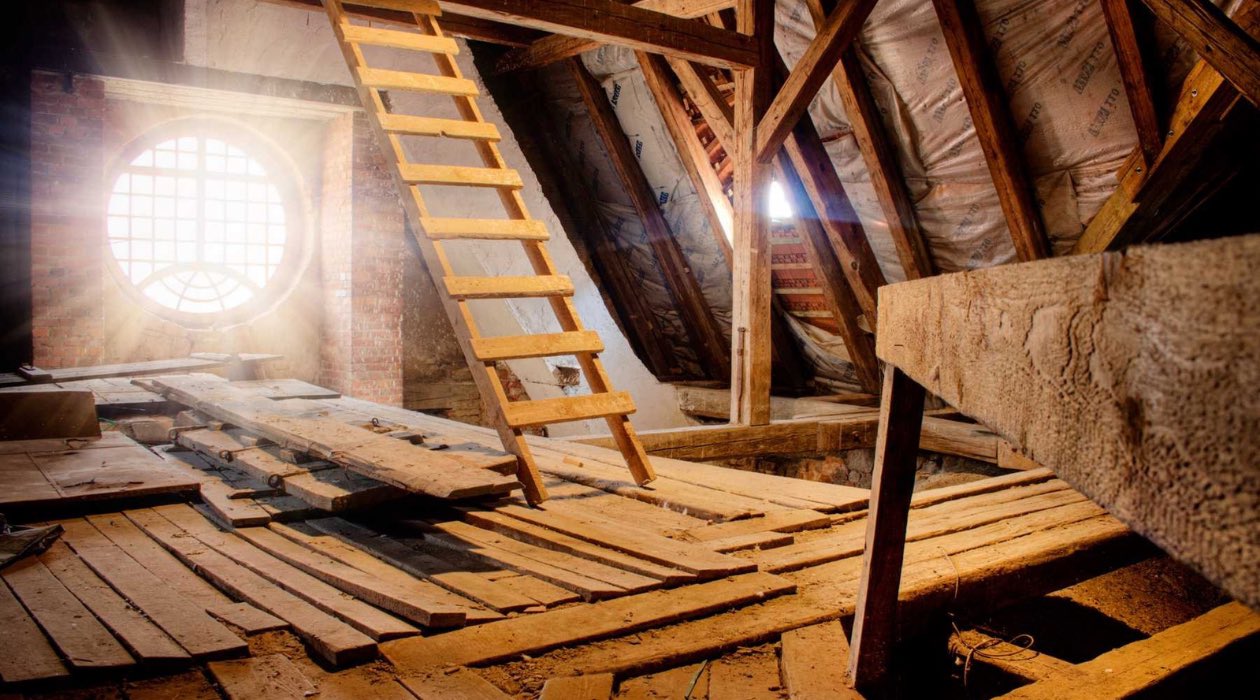
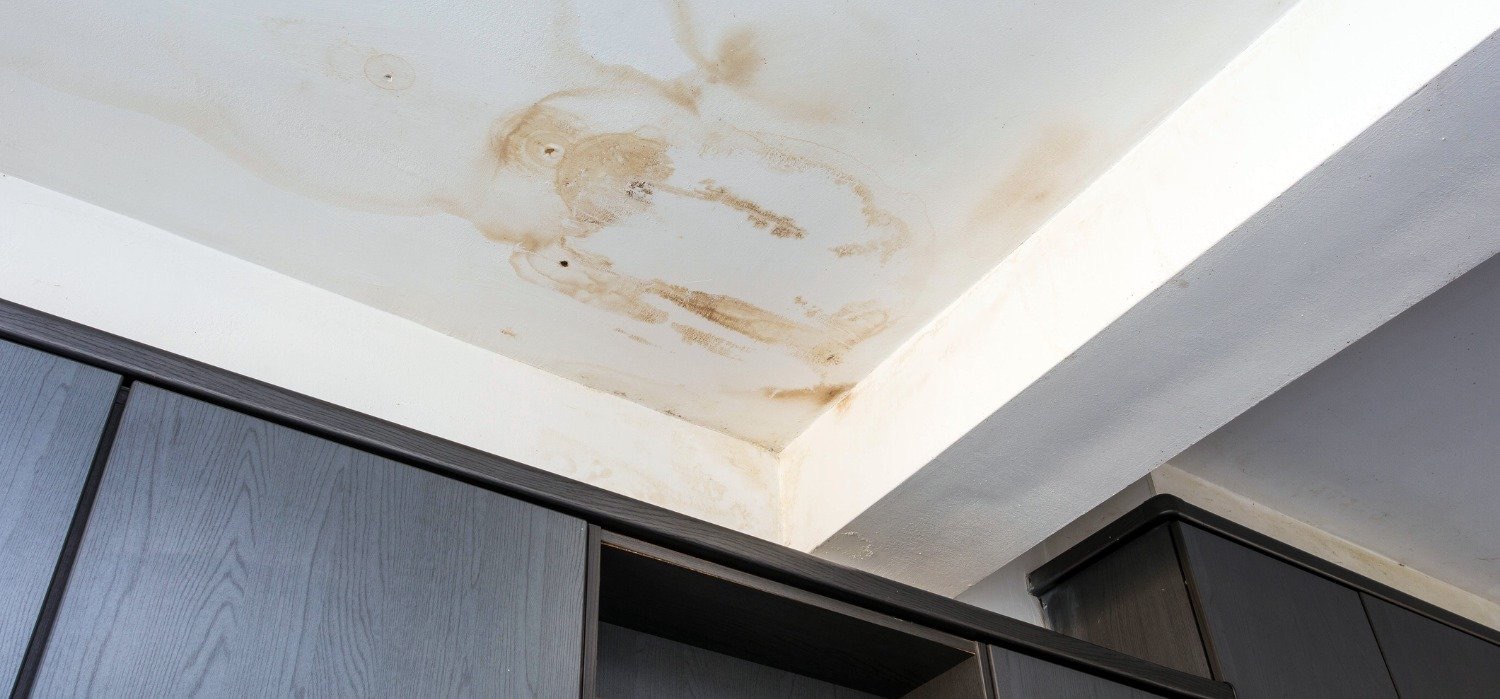
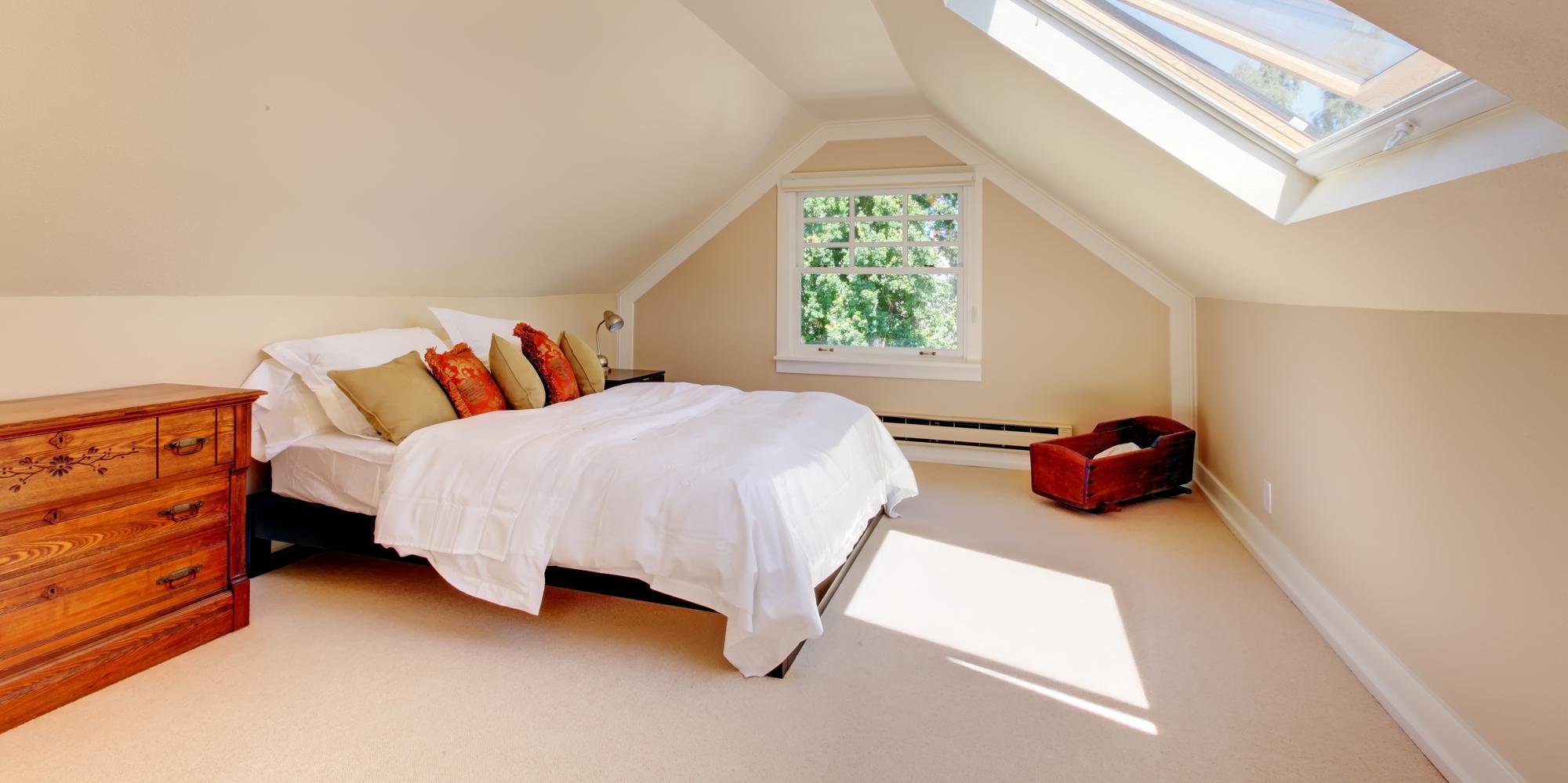
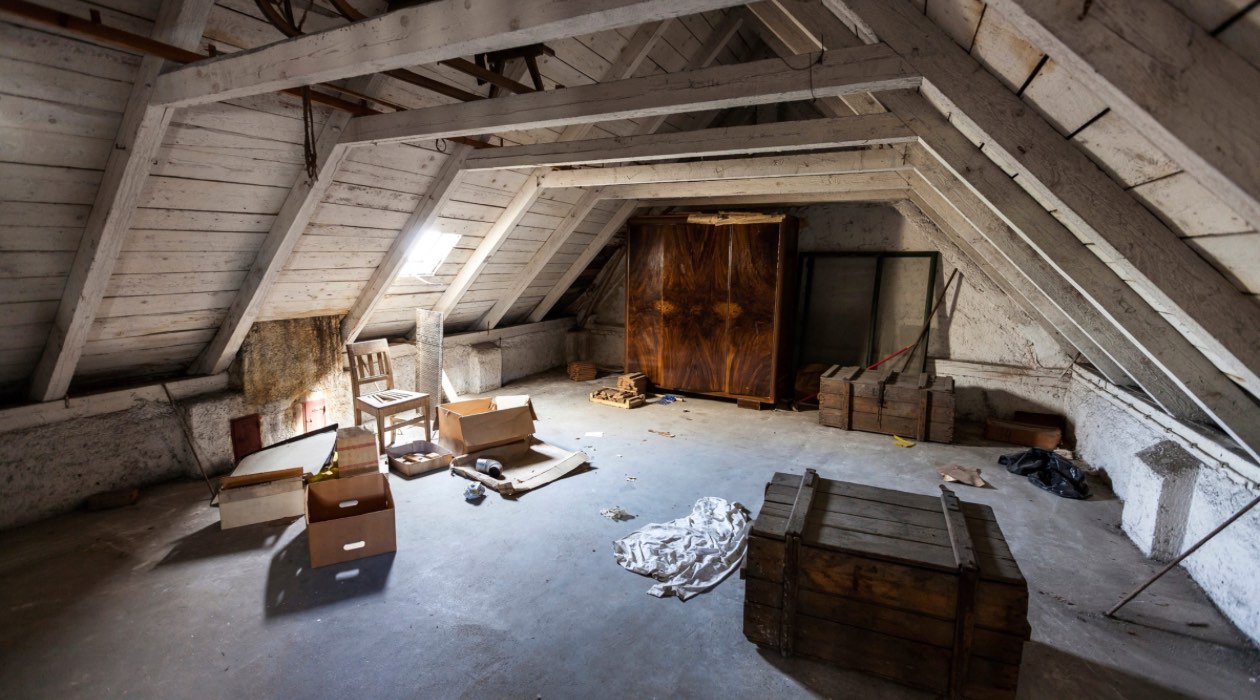

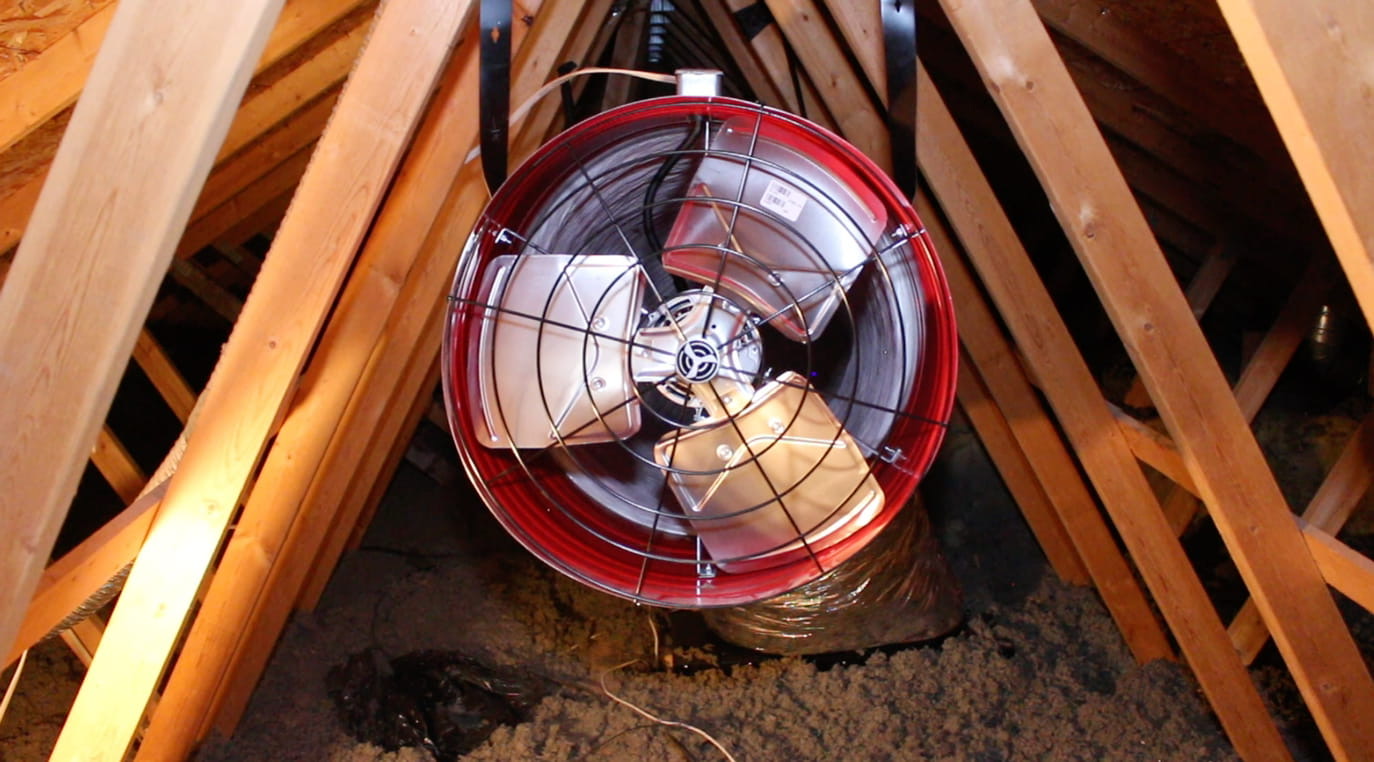
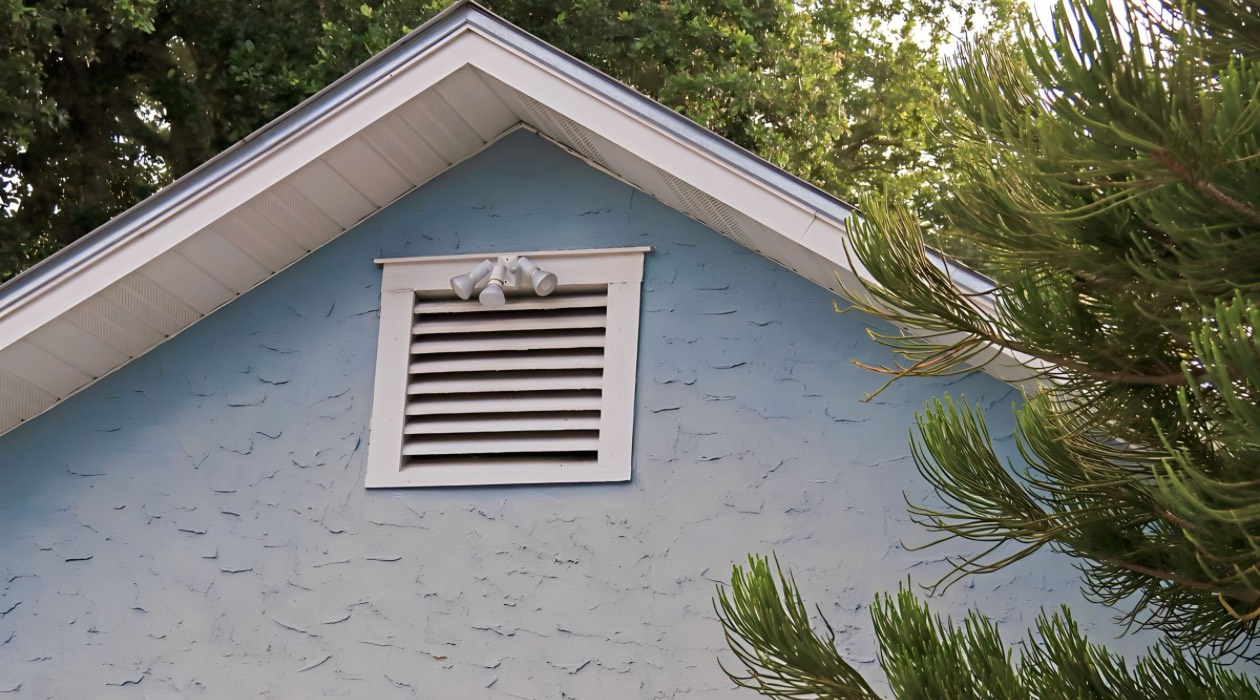
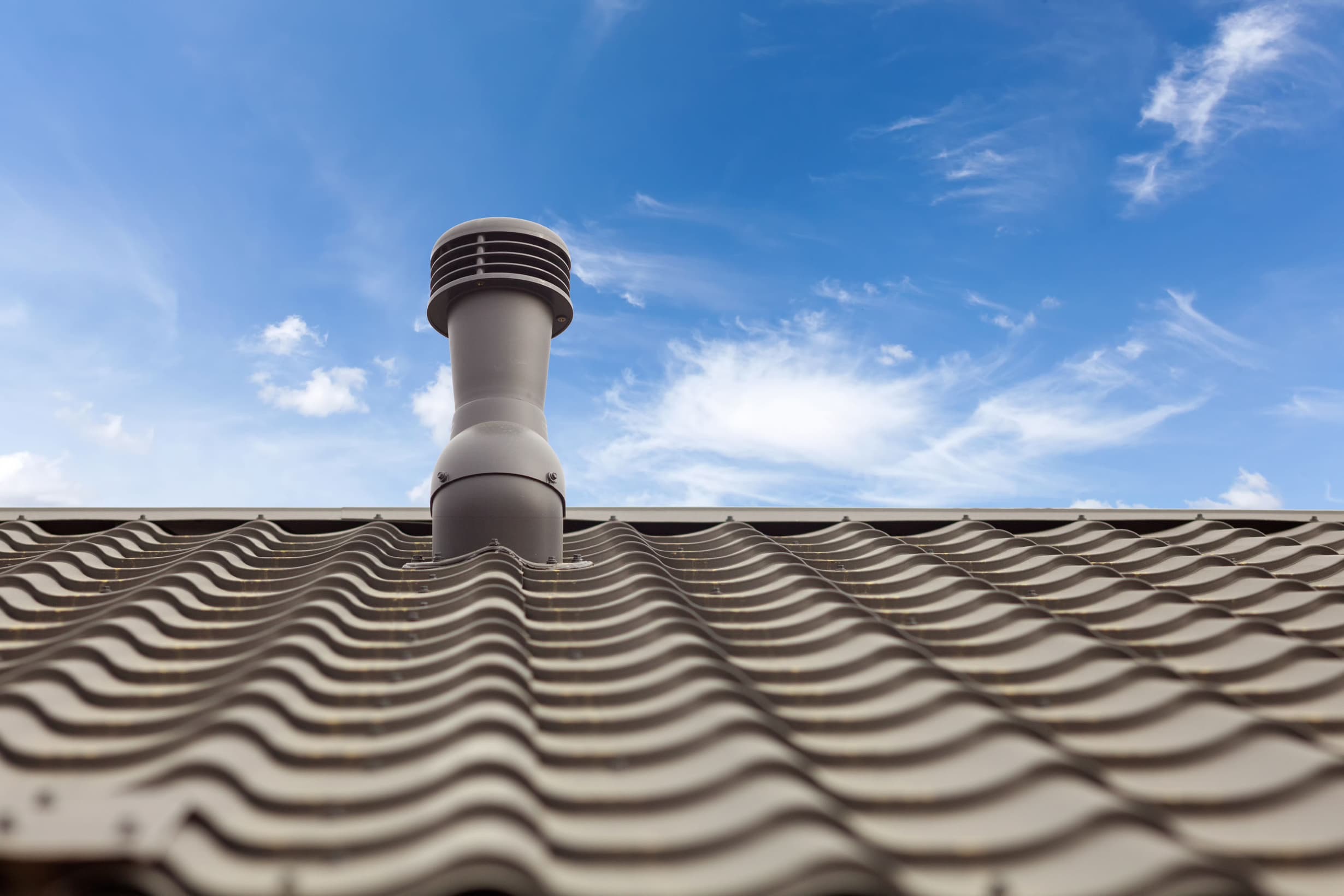

0 thoughts on “Why Does Attic Need Ventilation”